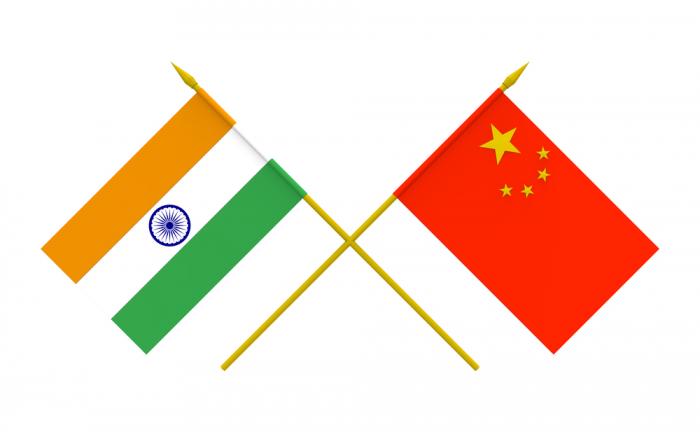 NEW DELHI, Aug. 19 (Xinhua) — On the southern bank of river Ganga in Patna, capital of the eastern Indian state Bihar, an industrial park has recently received a Chinese business delegation looking for investment opportunities.
NEW DELHI, Aug. 19 (Xinhua) — On the southern bank of river Ganga in Patna, capital of the eastern Indian state Bihar, an industrial park has recently received a Chinese business delegation looking for investment opportunities.
The industrial park is the largest in Bihar, a populous Indian state with a rich Buddhist heritage and a long history as a center for power and culture.
In contrast to the generally drab village scenes along Ganga, the industrial park, comprising mostly family-run businesses, appears to be a delightful change: workshops are spacious and neat — signs that they are well managed.
However, their products are almost all limited to daily necessities like bread, soft drinks and children’s food. The surrounding areas are mainly agricultural farmland and villages.
This kind of economic structure is quite common in the Hindi heartland of India, which is very rich in history and culture, but lags behind in technology and industry compared with some coastal areas and big cities like Delhi, Mumbai and Bangalore.
With the G20 summit due to open in the Chinese city of Hangzhou next month, many Chinese investors are again showing interest in projects in India, which has a huge market and great potential in growth and development.
Being a founding member of the Asian Infrastructure Development Bank (AIIB), India has been drawing investment from China to tap its largely undeveloped human and natural resources, with substantial results over the past few years.
Success stories include Tebian Electric Apparatus (TBEA), which set up its first overseas production and research base in India two years ago.
The project, launched in June 2014 in Baroda of Gujarat state in western India, has been recognized by both sides as a success of pragmatic economic cooperation.
TBEA is also a pioneer foreign investor in Gujarat, the home state of Indian Prime Minister Narendra Modi. Its business portfolio in India now includes solar energy.
“We are using the Baroda base as a starting point to build closer relations with our partners in India and elsewhere. We are also using the project to help India develop green energy, save energy and tap reusable energy with our best technologies while sharing research outcomes,” said Zhang Xin, CEO of TBEA.
Another success story of Chinese entrepreneurs in India is the Guangxi Liugong Group, which started producing heavy equipment in India in 2009 in the central Indian state of Madhya Pradesh.
Liugong India started to make profit in 2016. It is now providing heavy machinery to meet India’s ferocious demand for such equipment amid an infrastructure boom.
While many Chinese enterprises are seeking investment opportunities in India, Chinese banks are also helping finance industrial and infrastructure projects in the South Asian country through low-interest loans.
For example, the China Development Bank has been collaborating with Indian banks to finance projects such as power plants, which are contracted to Chinese builders.
Meanwhile, the Bank of Industry and Commerce of China has been operating in India for years, while the Bank of China is also waiting for official approval to open a branch in India.
India has shown interest in closer cooperation with China and other Asian countries, and leaders of the two countries have agreed to collaborate on projects that improve the livelihoods of their people and reduce poverty.
The upcoming G20 summit in Hangzhou, under the theme “Toward an Innovative, Invigorated, Interconnected and Inclusive World Economy,” could really reverberate with what’s going on between China and India, said Ramesh Chopra, a veteran strategic analyst based here.
India and China have their respective advantages in innovation and the two economies are both showing great vigor, with intergovernmental and people-to-people interactions at an unprecedented level, said Chopra, adding that these aspects jointly point to a bright future of bilateral cooperation.

